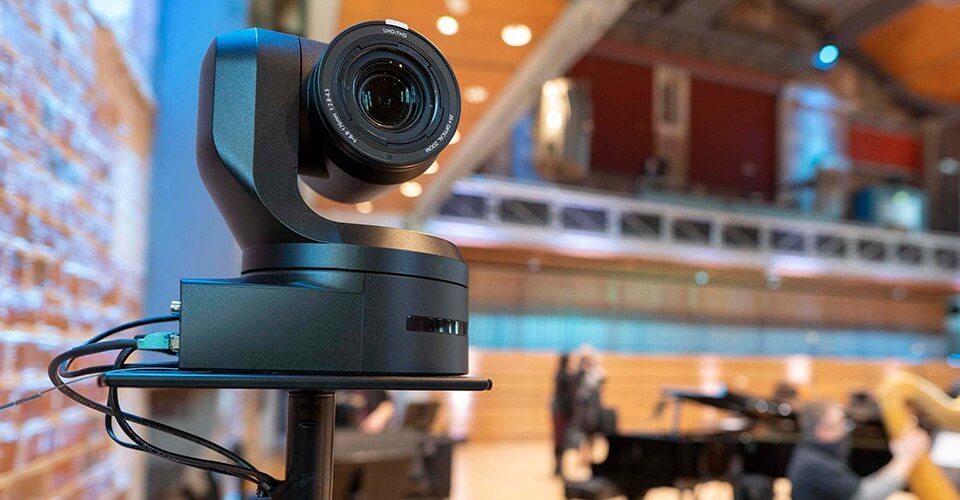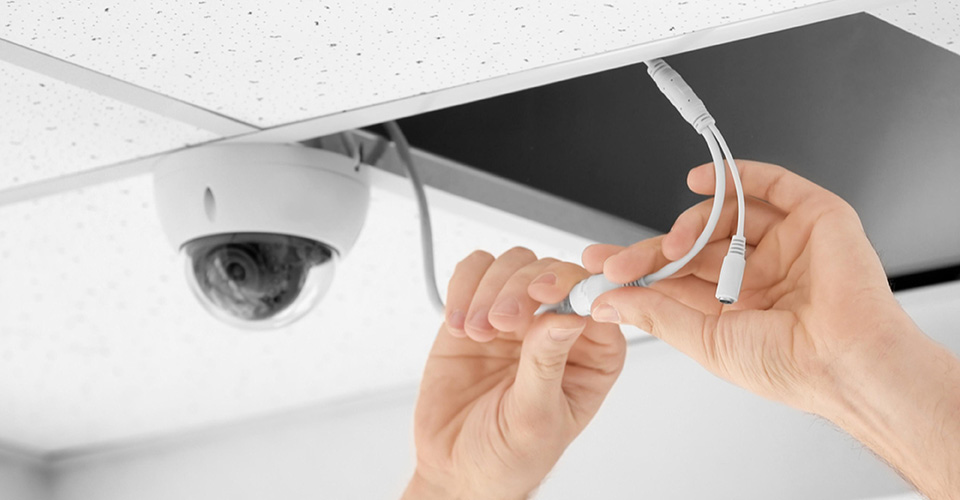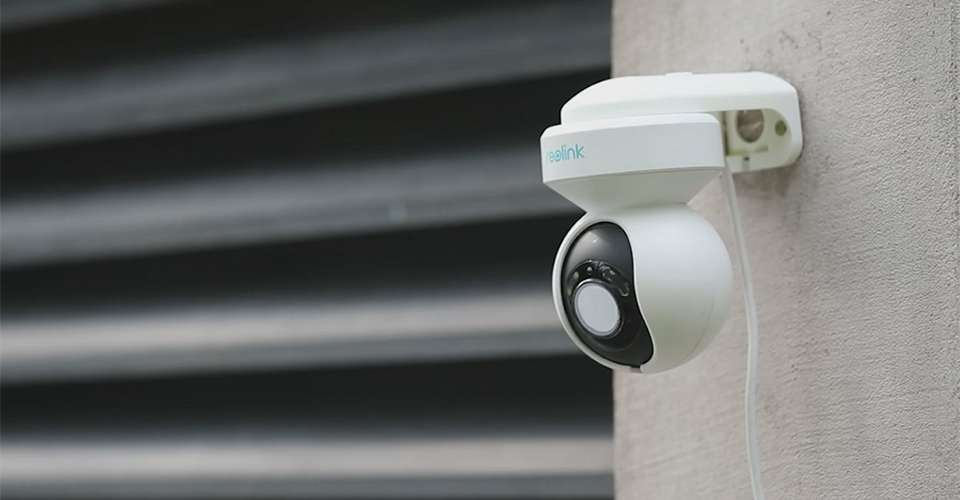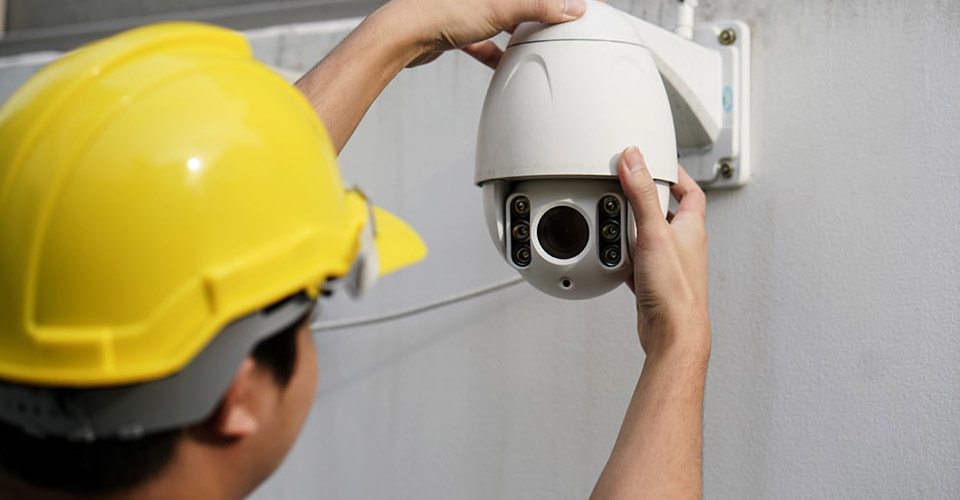Top 3 PTZ Controller Software

Pan Tilt Zoom Camera Control: 8 Easy Ways

PTZ Activation: a Step-by-Step Guide


The development of PTZ controller software and compatible tools has attracted more video producers to become camera operators. You no longer need extra hands to control a PTZ camera. You can do it digitally using top software like OBS Studio, Ecamm, or VMix, and choosing one will often go down to personal preference. This article describes the three PTZ controller software and how they ease the lives of camera operators.
Universal PTZ Camera Controller Software
OBS Studio
The Open Broadcast Software (OBS) is an open-source application for live streaming and recording content. This USB PTZ camera controller software connects to your PTZ cameras by noting your IP address and syncing with your computer. If you prefer a wired connection, you can also use the USB option, although this option has a limited range.
When issuing presets and scene changes, it is important to use automation to make things easier. OBS can also serve as a multi-camera video production switcher, letting you switch back and forth between your linked cameras. But to enjoy these perks, your camera must be on the same network as your live video production software to connect to the OBS software.
OBS Studio controls PTZ cameras in covering shows and programs that shoot more than one scene. For instance, you can use OBS studio to switch the camera from the speaker to the audience and back when capturing a presentation. Changing scenes and coverage from one camera to another will require only a few clicks on your keyboard; it’s that easy.
You can activate manual control in the OBS using dockable plug-ins and customize the software to your preferred settings. If you don’t have the IP address of your camera, all you need to do is watch the setup video and read the start-up manual for instructions.
Video: Add PTZ Controls Dock into OBS Studio
vMix
With VMix, you can control multiple PTZ cameras easily. But to achieve that, you will need to know the IP address of your PTZ camera and must be on the same area network as the camera. Once you confirm the IP address, input it in the VMix software to connect and tilt, zoom, or pan your camera. But don’t fret if you can’t find your hardware’s IP address; its setup video will show you how to get it.
To connect the camera to your PC or laptop:
Open the VMix PTZ camera controller software
Select “PTZ” as the camera type
Type in the IP address in the text box
Click “connect”
Once connected, you can move the camera around the room or surroundings using the pan, tilt, and zoom controls. To control the movement of multiple PTZ cameras with VMix, you will have to set up PTZ presets. As you handle the PTZ camera, take notice of the options available for preset and manual pan and tilt. With these options, you can control the camera's speed during presets and in a manual setting.
By connecting your PTZ camera with VMix, you create presets in the VMix software through the "create input at this position" key. When you click this button, the software will set up an input with a thumbnail photo of the present location of your camera. After you bring the information into vMix’s preview window, this pan tilt zoom software will remember your PTZ preset and move the camera automatically. Afterward, you can freely set up multiple presets.
To control multiple PTZ cameras, follow the process above. Then, position the cameras at desirable points that allow you to move them anyhow you wish with a single click.
Video: Controlling PTZ cameras with vMix
Ecamm
Ecamm PTZ control software helps you switch between screens automatically. The first thing you should do is create a folder in your scene window. You can assign hotkeys with a few clicks and type whatever command you want. Then, organize your scenes to make sure you don't have to be switching your angles every time.
While streaming, if you get distracted or need to do something that will take your attention away from the action, add a countdown timer to each scene to maintain organization. The timer ensures the camera switches between targets based on its configuration. With the countdown timer, you get to decide how long you want an angle to be up for.
If you want to control your PTZ camera using Ecamm manually, you must select whatever scene you want and move the camera however you want. Ecamm makes the entire workflow and pan, tilt, and zoom operations a lot smoother. The camera control operation becomes even simpler when paired with a stream deck.


